10 Animals Facing Extinction: Species on the Brink of Vanishing

The natural world is filled with amazing animals, each playing an important role in keeping our ecosystems balanced. Unfortunately, many of these animals are now in danger of going extinct. This is happening for several reasons, like habitat loss, climate change, and poaching. In this article, we’ll look at ten species that are on the brink of disappearing. We’ll discuss the challenges they face and why it’s so urgent to protect them.
It’s pretty well-known that human activities are having a serious negative impact on our planet. Just think about it: we’re cutting down forests, polluting oceans, and changing the climate—all of which directly affect wildlife. As we expand our cities and industries, we’re taking over the homes of countless species. While we can see some of these animals in zoos, it’s a sad reality that if we don’t take action soon, many of them will be lost forever in the wild.
Imagine a world where the roar of a lion, the song of a bird, or the splash of a dolphin becomes just a memory. It’s concerning to think that we might be the last generation to see some of these incredible creatures in their natural habitats. Every day, species are facing population declines, and it’s happening at an alarming rate.
So, what can we do about it? First, raising awareness is key. Many people don’t realize just how severe the situation is for these animals. By sharing information and encouraging discussions, we can inspire others to care and take action. Supporting conservation efforts is also crucial. There are numerous organizations dedicated to protecting endangered species, and every little bit helps—whether it’s donating, volunteering, or simply spreading the word.
Let’s not forget that every species plays a role in its ecosystem. When one animal disappears, it can create a domino effect that impacts many others, including us. For instance, bees are vital for pollinating plants, and without them, our food supply would be in serious trouble.
In conclusion, while the challenges facing these animals are daunting, there is still hope. By coming together and making conscious choices, we can protect the incredible diversity of life on our planet. Let’s work to ensure that future generations can enjoy the beauty of the natural world and the amazing animals that inhabit it. Together, we can make a difference.
1. Gorillas
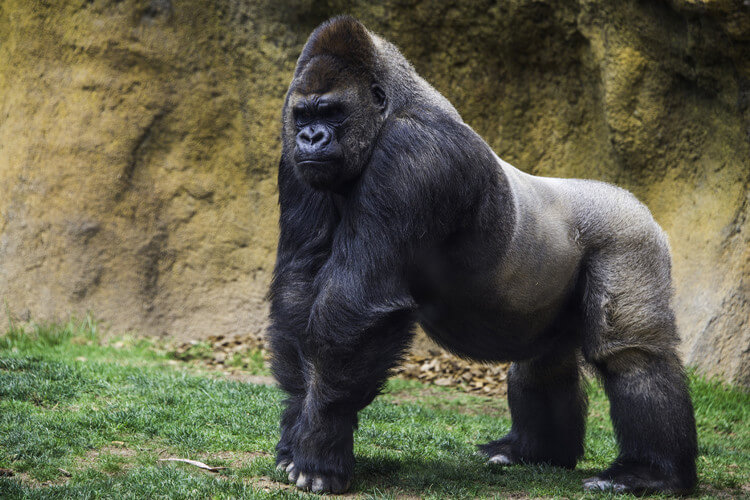
Three out of the four gorilla species, which are actually our closest living relatives, are seeing their numbers drop in the wild. It’s pretty alarming! The Mountain Gorilla is the only one that isn’t considered endangered, but they are still listed as threatened. That means they need our help to stay safe.
The situation is particularly dire for the Cross River Gorillas, which are facing the biggest challenges. There are only about 150 to 180 of them left in their natural habitat. Can you imagine how few that is? It’s heartbreaking to think that such magnificent creatures are hanging on by a thread.
So, what’s causing this decline? Well, several human-related issues are to blame. Conflicts between people and gorillas often lead to dangerous situations. Poaching is another significant threat; unfortunately, some people hunt gorillas for bushmeat or for the illegal pet trade. On top of that, habitat destruction due to logging, farming, and urban development is making it even harder for these animals to survive.
Another tough aspect of the gorilla situation is their limited reproductive capacity. Gorillas don’t have large families, which means that every baby counts. When their numbers are already so low, it becomes even harder for the population to bounce back.
It’s crucial for us to step up and support conservation efforts to protect these amazing creatures. We need to raise awareness about their plight and the importance of preserving their habitats. It’s not just about saving gorillas; it’s about maintaining the balance of the ecosystems they help support.
Let’s remember that these animals are not just statistics; they are sentient beings that play important roles in their environments. By working together to protect them, we can ensure that future generations will have the chance to marvel at these incredible animals in the wild. Every little bit of effort counts, and it starts with us caring and taking action!
2. Rhinos
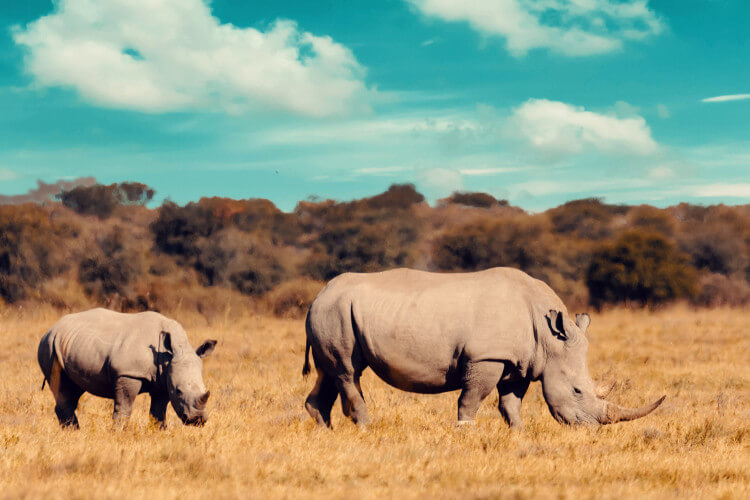
Rhinos are truly remarkable creatures. Despite their massive size and tough exterior, they have a gentle nature that many people might not realize. Sadly, these incredible animals are disappearing at an alarming rate. Among the five species of rhinos, the black rhino, Javan rhino, and Sumatran rhino are considered critically endangered. This means they are at a very high risk of extinction.
Let’s take the Javan rhino as an example. Can you believe there are only about 46 to 66 of them left in the world? That’s an incredibly small number, and it’s shocking to think that such a majestic animal is hanging on by a thread. Their dwindling population is primarily due to habitat loss and poaching.
One of the main reasons for poaching is the rhino’s horn. In some cultures, especially in traditional Chinese medicine, rhino horn is still used as a status symbol and believed to have healing properties. This demand from wealthy buyers puts immense pressure on rhino populations. It’s heartbreaking to think that these gentle giants are hunted for something so unnecessary.
The good news is that many organizations are working hard to protect rhinos and their habitats. They focus on anti-poaching efforts, habitat restoration, and raising awareness about the importance of conserving these magnificent animals. It’s crucial for all of us to support these efforts, whether by donating, spreading the word, or even just educating ourselves about rhinos and the challenges they face.
We need to remember that rhinos are more than just symbols; they play an important role in their ecosystems. By protecting them, we’re also helping the health of the environments they live in. If we act now, there’s still a chance to ensure that future generations can witness these incredible creatures roaming freely in the wild. Together, we can make a difference and help save the rhinos!
3. Sea Turtles
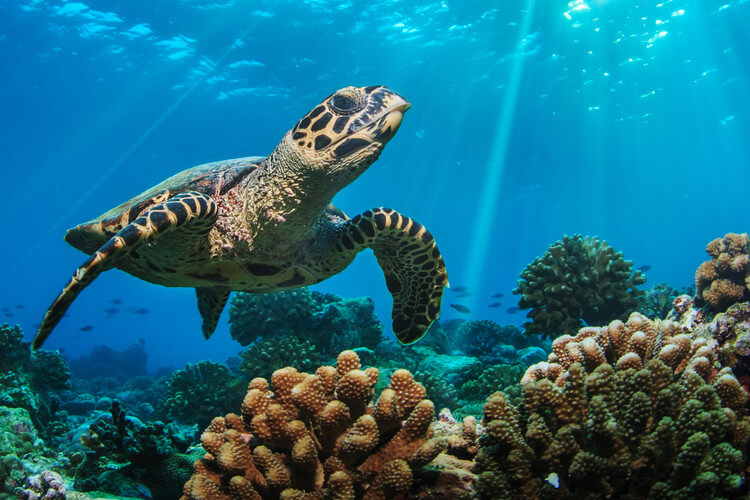
If you’ve ever had the chance to go scuba diving or snorkeling in the beautiful Pacific Islands, you know just how incredible and magical the underwater world can be. One of the standout stars of that world is the sea turtle, and it’s heartbreaking to think that these magnificent creatures are facing serious threats.
As sea levels rise due to climate change, many beaches that are essential for sea turtle nesting could end up underwater. That’s a big problem, as these beaches are where turtles lay their eggs and ensure the next generation. But even before that happens, sea turtles have to deal with a host of other dangers.
One major threat is illegal hunting. Unfortunately, some people still hunt sea turtles for their eggs, shells, meat, and skin. This not only puts individual turtles at risk but also threatens the entire population. It’s so frustrating to think that such beautiful animals are targeted for such unnecessary reasons.
On top of that, rising temperatures are causing another issue. Warmer temperatures affect the eggs, and studies show that this can lead to a higher number of female turtles being born. While it’s great to have more females, having too few males could spell disaster for the species. If there aren’t enough males to mate with the females, the turtle population could face a serious decline.
It’s crucial that we raise awareness about these issues and support conservation efforts aimed at protecting sea turtles. Organizations are working hard to safeguard nesting beaches, enforce anti-poaching laws, and educate communities about the importance of these creatures.
We can all play a part in this effort. Whether it’s by reducing plastic use to protect ocean habitats, supporting conservation groups, or simply sharing information with friends and family, every action counts. Let’s work together to ensure that future generations can also enjoy the beauty of sea turtles gliding gracefully through our oceans. These incredible animals deserve a chance to thrive, and with our help, they can!
4. Saola
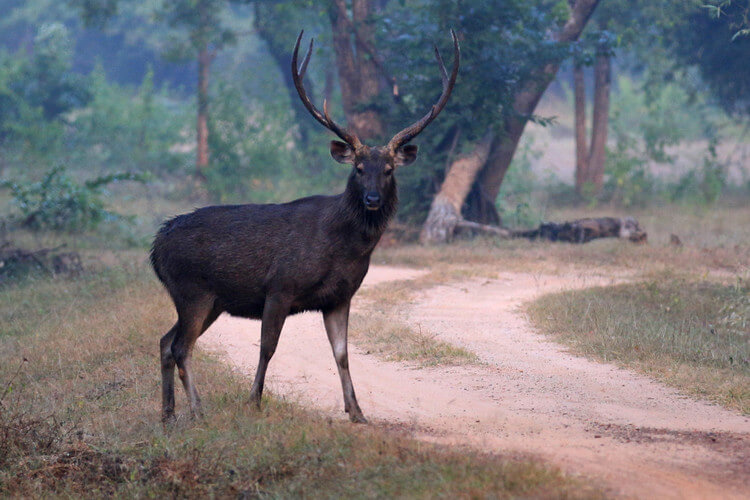
The saola is a super rare animal often called the “Asian unicorn,” and it’s easy to see why! Vietnam celebrated its discovery back in 1992 as one of the biggest zoological finds of the 20th century. This incredible creature looks almost mythical, and it’s fascinating to think about how little we really know about it.
Because saolas are so elusive, it’s really tough to pin down exactly how many are left in the wild. Most estimates suggest that their population is extremely low, which is quite concerning. This scarcity makes every sighting feel like a treasure hunt!
The saola lives in the dense forests of Vietnam and Laos, which can be difficult terrain for researchers. This habitat loss, along with poaching and human encroachment, poses a serious threat to their survival. The fact that they are so rare means that we might lose them before we even learn more about their behaviors and ecology.
It’s essential for us to raise awareness about the saola and support conservation efforts to protect their habitat. Every little bit counts, whether it’s donating to wildlife organizations or simply sharing information about these amazing creatures with others.
Imagine a world where the saola disappears completely. It would be a loss not just for biodiversity, but also for our understanding of the natural world. Let’s work together to ensure that future generations get to experience the wonder of the saola, the true unicorn of the Asian forests!
5. North Atlantic Right Whale
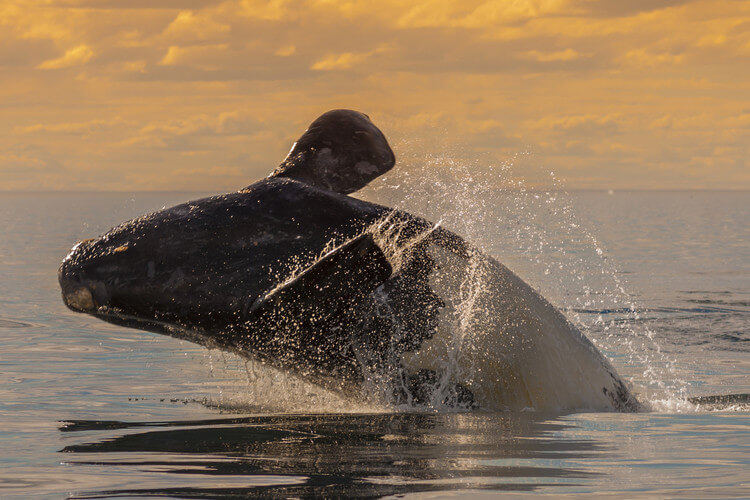
There are only about 400 of these amazing whales left in the world, and they mainly call the North Atlantic Ocean home. Isn’t that shocking? These gentle giants primarily eat zooplankton, which means they spend most of their time in the upper layers of the ocean. Unfortunately, this makes them particularly vulnerable to threats like poaching and accidents with boats.
The situation for these whales is pretty serious. Their population has been recovering very slowly, and right now, there are only about 100 breeding females left. What’s even more concerning is that these females only reproduce every 6 to 10 years. That means it takes a long time for their numbers to increase, and any loss can have a big impact on the population.
It’s hard to imagine a world without these magnificent creatures. Each whale is an important part of the marine ecosystem, and their decline could have ripple effects on other species as well. We need to do everything we can to protect them!
Supporting conservation efforts is crucial. Many organizations are working tirelessly to raise awareness about these whales and their habitat. They focus on reducing boat traffic in critical areas and enforcing laws against poaching.
By spreading the word and encouraging others to take action, we can all play a role in helping these whales thrive. Imagine a future where we can still see these incredible animals swimming gracefully in the ocean! Let’s work together to make sure that happens.
6. Gharial
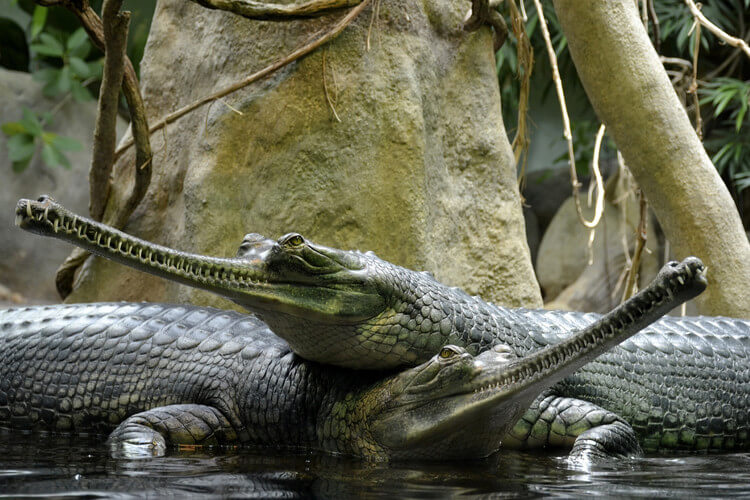
At first glance, you might think gharials are just your average crocodiles. But take a closer look at their unique snouts, and you’ll see they belong to a completely different species! Gharials are a special type of crocodile found mainly in India, and their diet consists almost entirely of fish. Isn’t that interesting?
Sadly, these fascinating creatures are facing some serious challenges. Many gharials are struggling to survive due to the destruction of their natural habitats and pollution in the waters they live in. It’s heartbreaking to think that their homes are being taken away because of human activities.
On top of that, poaching is a significant threat. Gharials are often targeted because their parts are used in traditional medicine, which adds to the already tough situation they face. The combination of habitat loss and illegal hunting makes it really hard for their population to recover.
Conservation efforts are crucial to help protect these amazing animals. Many organizations are working to preserve their habitats and combat poaching. They also focus on educating local communities about the importance of gharials and the role they play in the ecosystem.
We can all contribute to these efforts! By spreading awareness and supporting conservation projects, we can help ensure that future generations will have the chance to see gharials in their natural habitats. Let’s work together to protect these incredible creatures and make sure they continue to thrive in the wild!
7. Kakapo
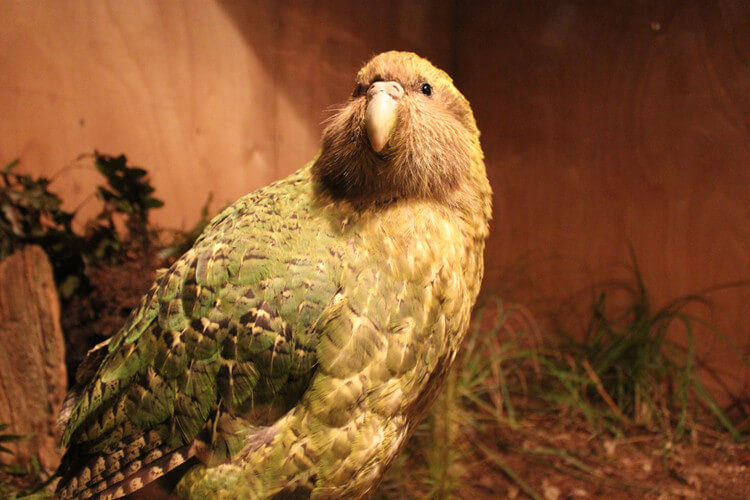
The Kakapo is a fascinating bird that lives on the ground and is native to New Zealand. Unfortunately, many people might never get to see one in the wild. These birds are quite unique, often hiding in their burrows, which makes them hard to spot.
Right now, there are only about 140 Kakapos left, and that number is really concerning. Their decline is mainly due to two big threats: poaching and the presence of non-native animals like cats and dogs. It’s heartbreaking to think that such adorable creatures are so endangered.
When the Kakapo feels threatened, it has a pretty interesting survival tactic. Instead of flying away, it tends to freeze in place, blending into its surroundings. This strategy works well against predators that rely on sight to hunt. However, it’s not as effective against animals like cats and dogs that use their sense of smell to track down prey. This puts the Kakapo at even greater risk.
Conservation efforts are critical for the survival of the Kakapo. Many dedicated organizations are working hard to protect these birds by monitoring their populations, removing invasive species, and creating safe habitats for them.
It’s important for us to support these efforts! By raising awareness about the Kakapo and its struggles, we can help ensure that future generations get to know and appreciate this incredible bird. Let’s do our part to protect the Kakapo and make sure it has a fighting chance to thrive in the wild!
8. Amur Leopard

Many big cats around the world are facing the risk of extinction, but the Amur leopard is currently in the most critical situation. This beautiful animal is mainly hunted in Asia because its fur is highly sought after, and some believe it has uses in traditional medicine. It’s really sad to think that such a majestic creature is being targeted for these reasons.
Experts estimate that there are now fewer than 70 Amur leopards left in the wild. Can you imagine that? That’s an incredibly small population, and it makes the future of these leopards look very uncertain. With so few individuals left, every single one is vital to the survival of the species.
The threats to the Amur leopard don’t stop at hunting. Habitat loss is another significant issue, as forests are cleared for agriculture and development. This not only reduces the space where leopards can live and hunt but also brings them into closer contact with humans, which can lead to more conflict.
Conservation efforts are absolutely crucial for protecting these leopards. Many organizations are working hard to raise awareness about their plight and to implement protective measures. This includes creating wildlife reserves, enforcing anti-poaching laws, and educating local communities about the importance of these beautiful cats.
We can all play a role in helping the Amur leopard. By supporting conservation programs and spreading the word about their struggles, we can contribute to the efforts to save this incredible species. Let’s work together to ensure that future generations can appreciate the beauty of the Amur leopard in the wild!
9. Vaquita

Vaquitas are the smallest marine mammals on the planet, and tragically, they might also be the most endangered. As of July 2019, there were only about nine of these incredible creatures left in the world. Can you believe that? Just nine! It’s heartbreaking to think that such unique animals are on the brink of extinction.
One of the biggest threats to the Vaquita comes from fishing for a different species—the totoaba fish. Fishermen use nets to catch totoaba, but these nets often accidentally trap Vaquitas. When that happens, the Vaquitas can’t reach the surface to breathe, which sadly leads to their drowning. It’s a devastating scenario that highlights the dangers of illegal fishing practices.
Despite the efforts of conservation groups working tirelessly to protect the Vaquita, this illegal activity continues. Many organizations are trying to raise awareness and push for stricter enforcement of fishing regulations, but it’s an uphill battle. The demand for totoaba, especially in traditional medicine markets, fuels this ongoing crisis.
It’s crucial that we all get involved in the fight to save the Vaquita. By spreading the word about their plight and supporting conservation efforts, we can help bring attention to this urgent issue. Every little bit helps, whether it’s donating to wildlife organizations or simply talking to friends and family about the Vaquita’s struggle.
Imagine a future where these tiny marine mammals are thriving in their ocean home. With our collective effort, we can work towards making that a reality. Let’s come together to protect the Vaquita and ensure that future generations can appreciate their beauty and importance in the marine ecosystem!
10. Tooth-Billed Pigeon
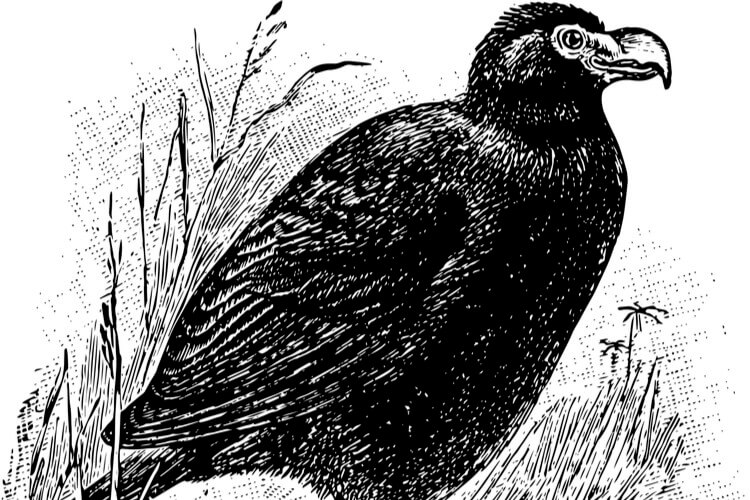
The dodo bird, often remembered as a symbol of extinction, is actually closely related to pigeons. Unfortunately, both the dodo’s relatives and other bird species are facing a similar fate, as they are rapidly going extinct. Right now, these birds are found only in Samoa, and their numbers are incredibly low—only about 70 to 380 of them are left in the wild. Isn’t that shocking?
So, what led to such a drastic decline? Hunting played a major role in this situation. People hunted these birds for food and other reasons, which severely impacted their population. Even though there are laws that protect them from hunting, illegal poaching still poses a significant threat. Some people continue to hunt them carelessly, either ignoring the laws or simply not realizing the consequences of their actions.
It’s really sad to think that despite efforts to protect these birds, they are still at risk. Every individual bird matters, and losing even a few can have a big effect on their already fragile population.
This situation highlights how interconnected we are with wildlife and the responsibility we have to protect it. Conservation efforts are more important than ever. Many organizations are working tirelessly to raise awareness and implement measures to safeguard these birds.
We can all play a part in this effort! Whether it’s sharing information with friends and family, supporting wildlife conservation groups, or simply spreading the word about the importance of protecting these incredible creatures, every little bit helps. Let’s come together to ensure that future generations can appreciate these unique birds and the rich biodiversity of our planet!
The situation facing these 10 animals really highlights just how urgent it is for us to take action to protect them. Many of these species are on the brink of extinction, and this serves as a powerful reminder of how our activities impact wildlife around the world.
When we think about the effects of things like habitat destruction, pollution, and poaching, it becomes clear that we have a responsibility to do better. But the good news is that we can make a difference! By raising awareness about these issues and getting involved in conservation efforts, we can help protect these amazing creatures.
Every little effort counts. Whether it’s talking to friends and family about these animals, supporting local wildlife organizations, or even making more environmentally friendly choices in our daily lives, we all have a role to play. Protecting these unique species doesn’t just benefit them; it also helps maintain the balance of the ecosystems they live in, which is crucial for the health of our planet.
Imagine a future where these incredible animals are not just surviving but thriving in their natural habitats. That’s a future we can work toward together! Let’s commit to spreading the word, supporting conservation initiatives, and making choices that protect wildlife. Together, we can ensure that generations to come will have the chance to appreciate and enjoy the beauty of these remarkable creatures in the wild!

